Shady trees in the garden: which are the best? 4 species to chose from and 4 to avoid
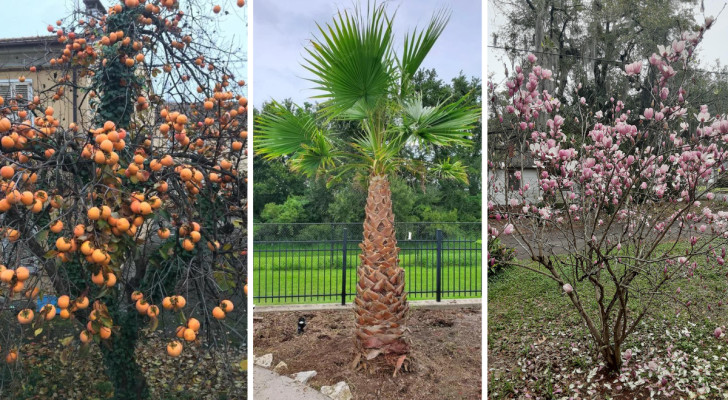
Tall trees bring numerous advantages to our gardens: capable of giving us privacy and shade, trees are lovely to look at and improve the quality of the air we breathe - and this makes trees extremely valuable in polluted, urban areas.
However, not all tree species are suitable for growing in a garden. Fast-growing species, for example, may have roots systems that grow too extensively (and can damage the structure of your house). Others can have canopies that are too dense/broad/wide and produce too much shade. Still others may bear fruit that attract bothersome insects and/or require a lot of care.
So, what are the best trees to have in gardens? Below, we detail 4 species to select from and 4 it's probably best to avoid.
1. Pomegranate
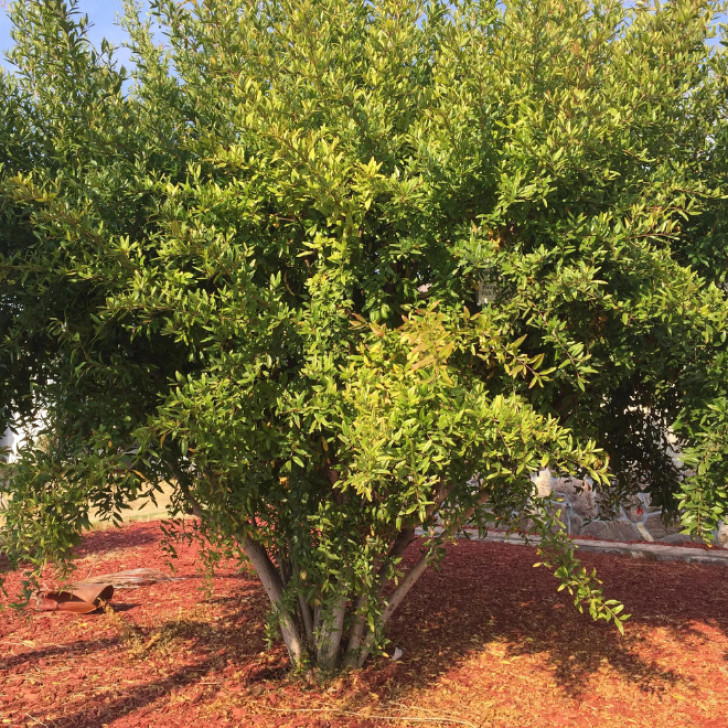
The pomegranate is a Mediterranean plant that is popular for its nutricious fruit and natural beauty. Its orange-red flowers bloom for a long period (from late spring and throughout the summer) and it produces fruit from autumn onward. It can be grown as a tree or shrub and grows 2-3 metres in height.
Its root system occupies little space, so pomegranate trees can be safely planted near to the house.
2. Mexican palm
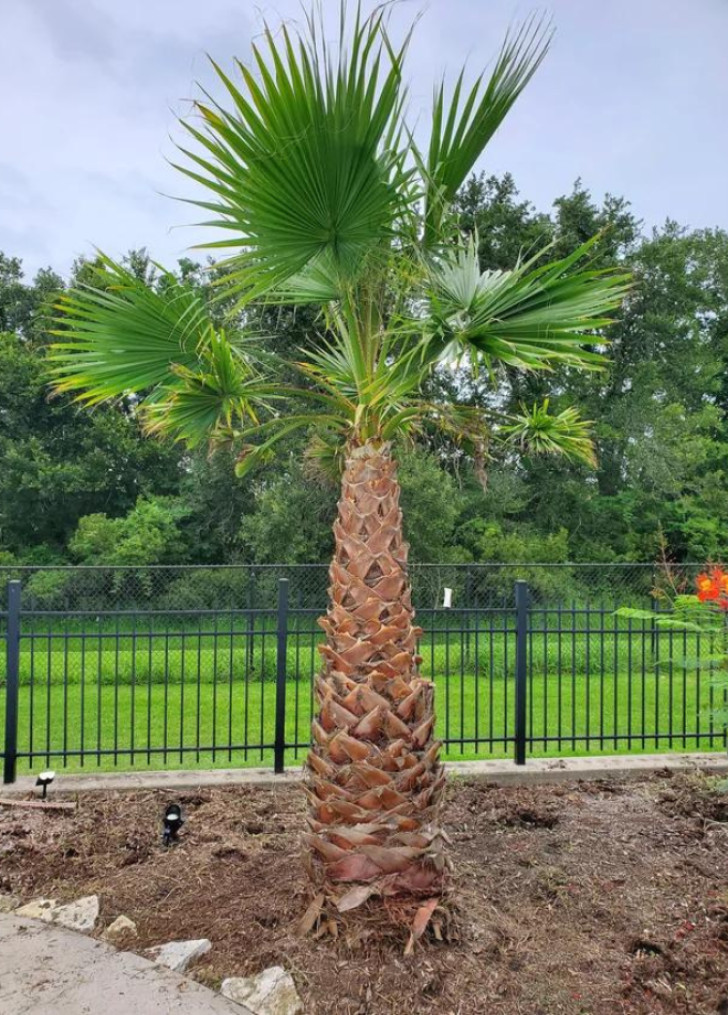
A plant native to Mexico and found throughout the southern part of the USA, the Mexican palm is characterized by its long, flexible trunk and lush, intense green fan-shaped foliage. It grows very quickly and can become a focal point in the garden, with its pretty, cream-colored flowers.
This plant prefers temperate climates with hot summers and mild winters and, although it can grow quite high (15-20m average), it can be grown in pots.
3. Cedar
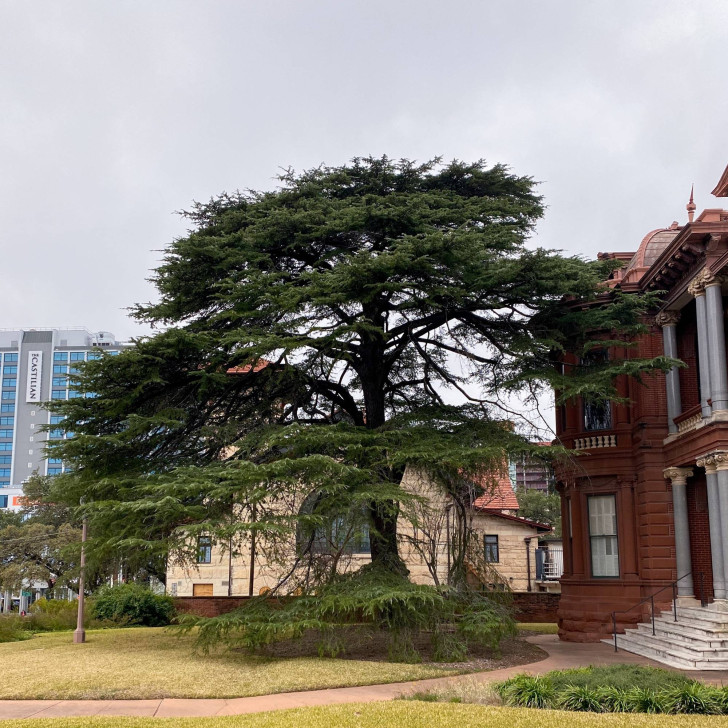
A cedar is a majestic tree which is perfect for those who have a lot of space available in the garden. A cedar will not only look impressive in your garden, but will perfume it with the pleasant scent of its wood. Grown for thousands of years for its fruit and wood, cedars can be easily grown in your garden if you live in a temperate climate (as this tree cannot thrive in temperatures below 2 degrees C or above 25 degrees C).
4. Magnolia

Finally, if you like a magnificent display of colorful flowers, then the magnolia is the perfect tree for you. The leaves put on a wonderful "showing" in the summer, which lasts into the winter - if the climate is mild. Some species are more resistant to the cold than others, and generally, magnolias are fast-growing trees.
5. Kaki
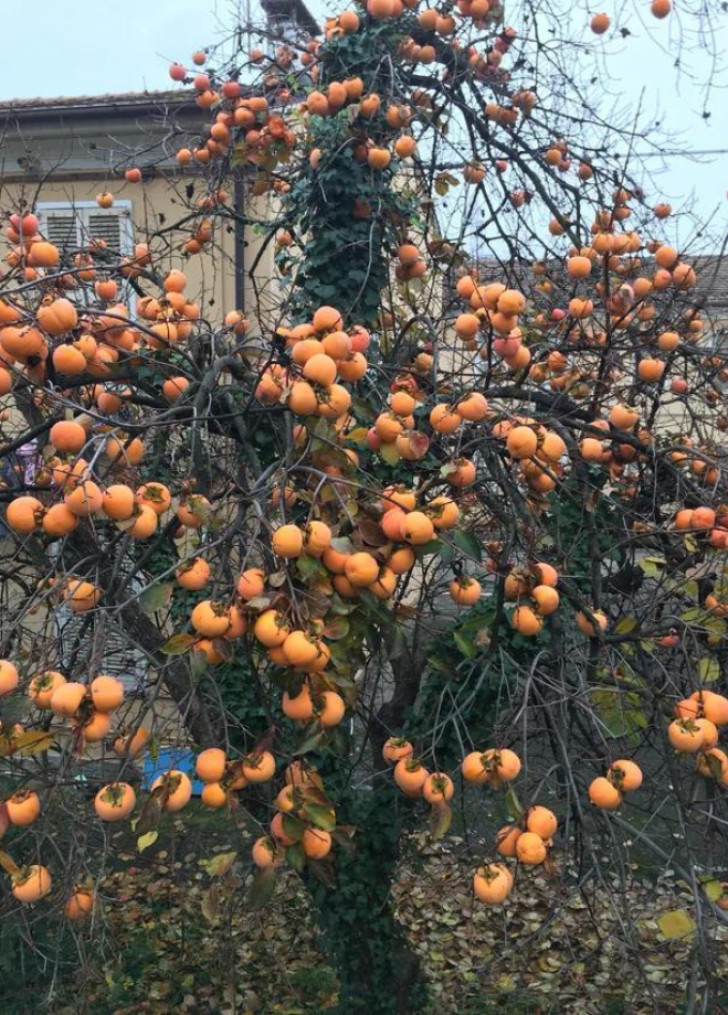
Kaki's are fruit trees that produce brightly colored (orangey-yellow) sweet fruit in autumn. Kaki's should not be grown next to/near houses, since it sheds its fruit fall frequently: in summer, the fruit is still unripe and they can cause damage things they fall on; in autumn, ripe fruit can end up creating a real mess.
6. Weeping willow
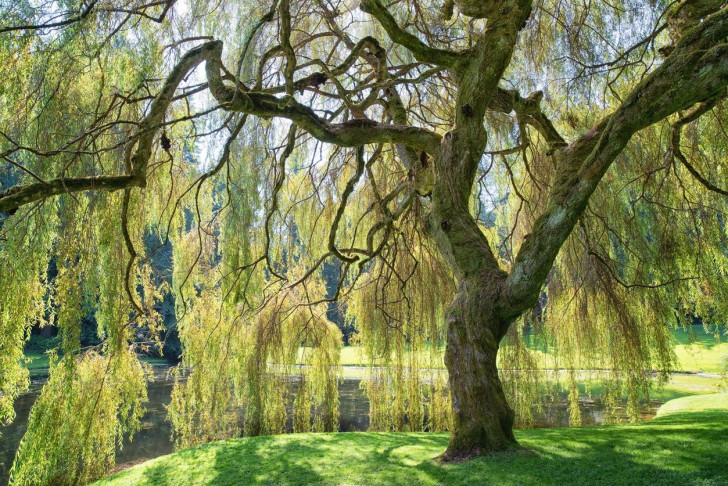
Although it is a very beautiful tree, it is not recommended growing a weeping willow near buildings, as its root system is vast and could easily cause damage to the foundations.
7. Mimosa pudica
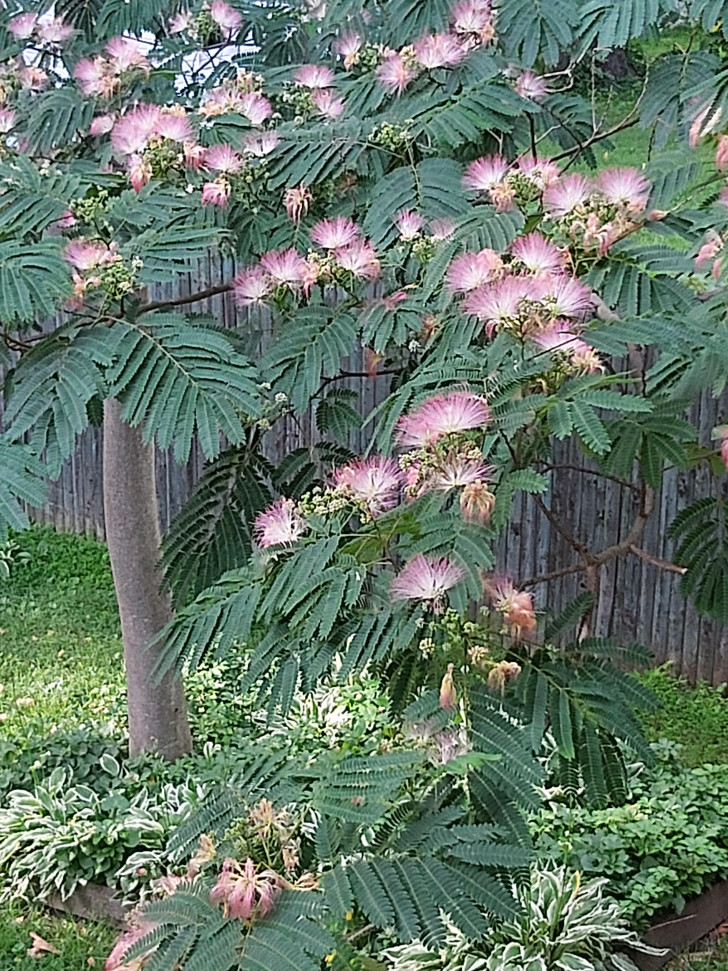
For the same reasons, mimosa pudica should not be grown near houses - unless you want to look after it continuously. This plant, when taken care of, should be kept at a maximum of 40-50 cm in height. However, if allowed to "go wild", it can easily become a weed.
8. Black poplar
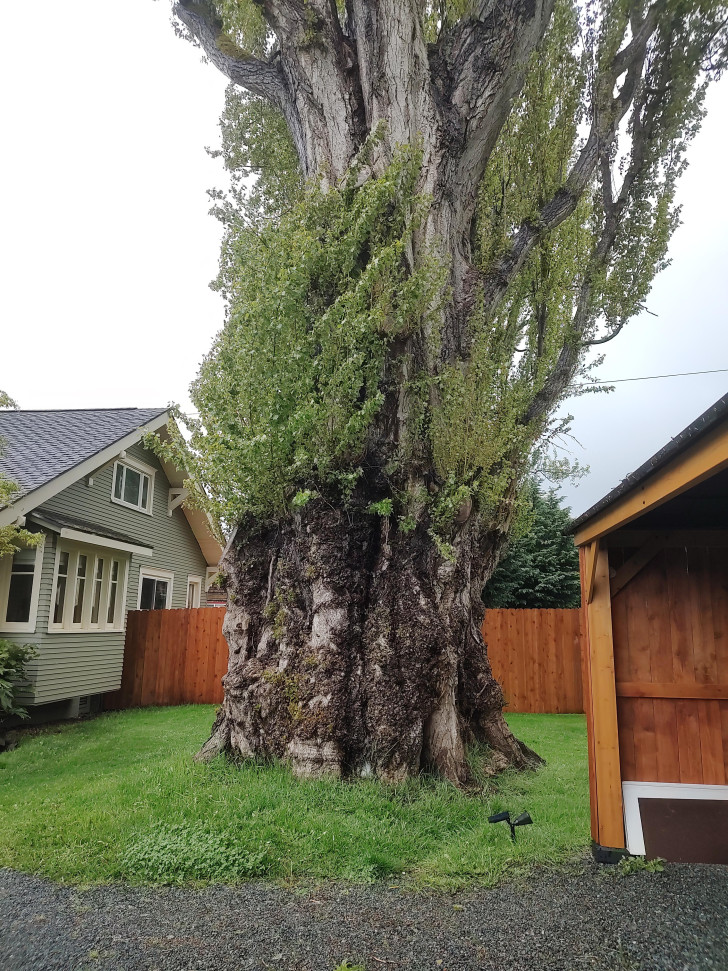
Finally, the roots of poplar trees, and especially black poplars, spread very quickly and aggressively and can damage the foundations of nearby buildings.
Have you chosen which trees to plant in your garden?